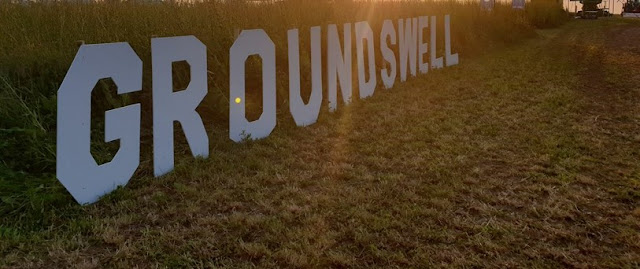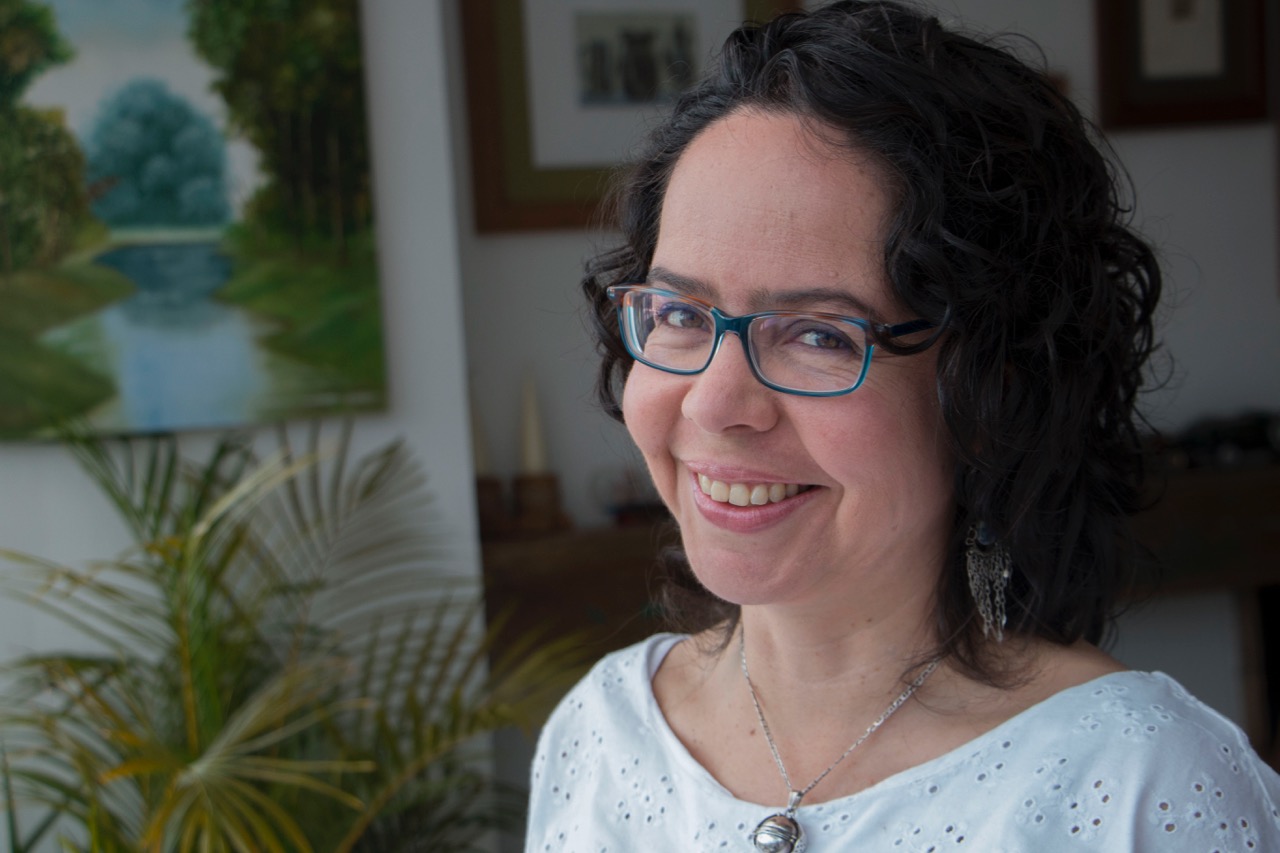Do people realise the extent to which they rely upon farming? In many other professions, such as medicine, those who enjoy good health can have years between visits to healthcare professionals. In contrast, it is hard to imagine how we could live without UK farmers. For instance, UK farmers produce 60% of all food eaten in the UK (Contributions of UK Agriculture, 2017). Despite the importance of UK farmers for our national infrastructure, there is little understanding of the web of issues facing farmers today. Drawing from our recent experiences at Groundswell, we hope to highlight some of the surprises that we discovered during our conversations with farmers, agronomists, charities, and even film producers!
Our first surprise was appreciating the complexities between agronomists and farmers. We knew from our interviews that farmers are often cautious of the advice from agronomists because some receive commission for the chemical companies they represent. In one sense, the polarisation between agronomists and farmers was exacerbated at Groundswell because many farmers who have adopted the principles of regenerative agriculture (Regen Ag) on their farms either have background expertise as agronomists themselves, or have needed to learn much of the expert of knowledge of soil and arable health required for agronomy. In this sense, many farmers invested in the principles of Regen Ag are expanding their knowledge and reducing their need to appeal to agronomists. In contrast, the majority of farmers outside of the Regen Ag movement still depend on the knowledge and guidance of agronomists.
The problem is that the legacy of the relationship between agronomists and farmers has itself become a barrier against behaviour change. Without complete trust between agronomists and farmers agronomists are hesitant to suggest innovative changes to farming practices which may result in short term losses in yields and profits for farmers. The concern is that farmers will cease the contracts with their agronomists if their advice results in a loss in profits or even yields. We listened to many anecdotes about farmers who are worried about how the judgment from local farmers if their yields look smaller from the roadside. The message that is difficult to convey is if you reduce your input, maintenance, and labour costs, then profitability can increase despite the reduction in yields. In short, “yields are for vanity, profits are for sanity!”
The five principles of Regen Ag are diversity, livestock integration, minimise soil disturbance, maintain living roots, and protect soil surface. Regen Ag provides simple accessible guidelines for farmers who want to adopt more sustainable practices. It offers an alternative approach to the binary division between conventional and organic farmer by encouraging farmers to make changes where possible, whilst understanding that chemical inputs on farms remain a last resort for managing soil health.
Establishing effective pathways to increase the number of farmers integrating the principles of Regen Ag is far from simple. It is not merely about increasing knowledge between farmers and agronomists, without building robust networks of trust between agronomists and farmers there is very little possibility for change. One suggestion from agronomists to help build these networks of trust was for agronomists to invest in profit shares so that there are incentives in place for both agronomists and farmers to increase the overall profitability of farms. We must recognise that any strategies for behaviour change need to account for the underlying caution toward the industry of agronomy by significant numbers of the farming community. Some agronomists consider this fundamentally as a psychological issue. Building from this perspective it seems obvious there is a space for psychologists to develop therapeutic techniques to develop and consolidate trust between farmers and agronomists. Currently many farmers and agronomists are stuck in status quo where it seems easier not to “rock the boat” on either side. The problem is that long-term this is not sustainable for various reasons.
The sustained use of chemicals alongside conventional farming practices (such as tilling) is a significant factor for reductions in soil health and soil biodiversity. In turn it creates a feedback cycle whereby larger quantities of chemical input is required to sustain yield levels, but these chemicals inadvertently create the conditions for increased antimicrobial resistance. One way to reduce chemical inputs is to adopt practices such as intercropping and crop rotation. These practices can have a number of immediate benefits including planting crops that deter pests, improving soil health, creating resilience by encouraging selective pressures between crops.
Tilling not only reduces biodiversity but it also compacts soils increasing risks associated with flooding. Public awareness has tended to focus on the increasing amount of concrete as one of the leading contributors of flash flooding. However, water retention differs significantly between different soil management systems. The rainfall simulator demonstrated how water runoff from even 2 inches of rain on cultivated soils were significantly higher than permanent pastures, no-till soils and herbal leys. Issues associated with cultivated soils such as compaction and lack of biodiversity significantly reduce water retention. The need for solutions to flash flooding are rapidly increasing given the rise in unstable and unpredictable weather system associated with climate change. The tendency to frame the solution to flash flooding solely as the need for more fields and less concrete overlooks the important relationship between soil health and water retention, which should be at the centre of flood prevention schemes. Although the number of fields is an important factor for flood prevention, we should be focusing on what’s happening in these fields – or more precisely underneath them. Encouraging robust and established root systems and soil biodiversity through co-cropping, crop rotations, and reduction in chemicals significantly increases soil retention. In this sense, there is clearly a role for farmers to adopt soil management practices that increase water retention within their farms, but these potential environmental protections from farmers need to translate into subsidies and incentives at the local and national levels.
The central message of Groundswell is that Regen Ag is providing the opportunity for farmers to build resilience both in their farms and in their communities. New technologies and avenues of funding are providing opportunities for farmers to exchange knowledge and increase their autonomy together by engaging in new collaborative ventures. Cluster farming initiatives have provided opportunities for farmers to build local support networks and identify longer-term goals and potential funding sources. The future development of resilience at these levels requires communities to support one another to encourage farmers to become indispensably rooted in communities. Some cluster farm leads are specialists offering support to farmers to help establish their long-term goals, secure funding opportunities, and increase the autonomy and security from the ground-up. In fact, there are a number of organisations seeking to support farmers by working with academics, policy makers, and industry. To name a handful of the organisations, we connected with representatives from Innovation for Agriculture, AHDB, FWAG, and Soil Heroes.
We have returned from Groundswell with a deeper appreciation of the complexity of issues that farmers are currently tackling. From navigating their complex relationships with agronomists to uncertainties about how government will account for their needs in the upcoming Environmental Land Management Schemes (ELMS). There is a clear sense in which farmers feel that ELMS current focus on agroforestry and rewilding creates potential obstacles to providing sufficient support for farmers in the economic and environmental uncertainties on the horizon. Regen Ag demonstrates the crucial role for farmers.
Find out more about our project on the use of fungicides in arable farming.
——————————-
This blog is written by Dr Andrew Jones, University of Exeter. Andrew works on a Cabot Institute funded project looking at understanding agricultural azole use, impacts on local water bodies and antimicrobial resistance.









